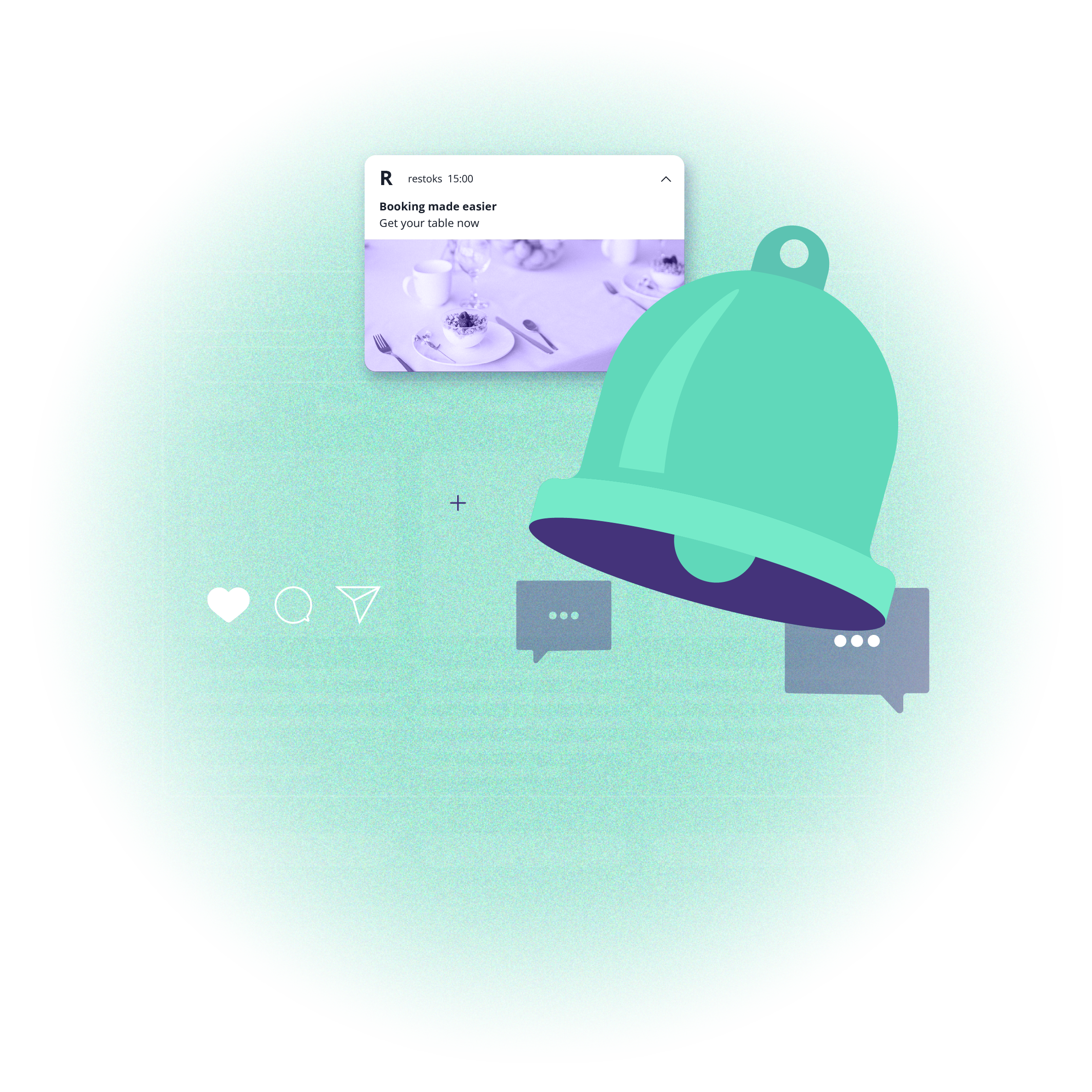Psychology tricks for shorter, smarter notifications
 Aleksandra Kozioł
Aleksandra Kozioł-irtigv5xi4.webp) © PeopleImages from Getty Images Signature via Canva Pro
© PeopleImages from Getty Images Signature via Canva ProPush and onsite notifications are short – that’s both their power and weakness. On the one hand, they’re fast to prepare and easy to deploy. On the other hand, getting your message across with the limited character count may be tricky. Without further ado, let’s delve into some psychological tricks that will help you land with your subscribers or visitors.
Let’s get personal
Talking about personalization in marketing might feel like preaching to the choir. But since we're diving into the psychology behind it, consider this a classic example of the 'Yes set technique' – and, hopefully, it gets you leaning in, dear reader. Notice how I addressed you directly and courteously? This may prove a point that you don't need to know someone's name to build rapport.

If you employ transactional push notifications and combine subscriberID with data from your CRM, you can personalize push communications with information provided by a registered customer.
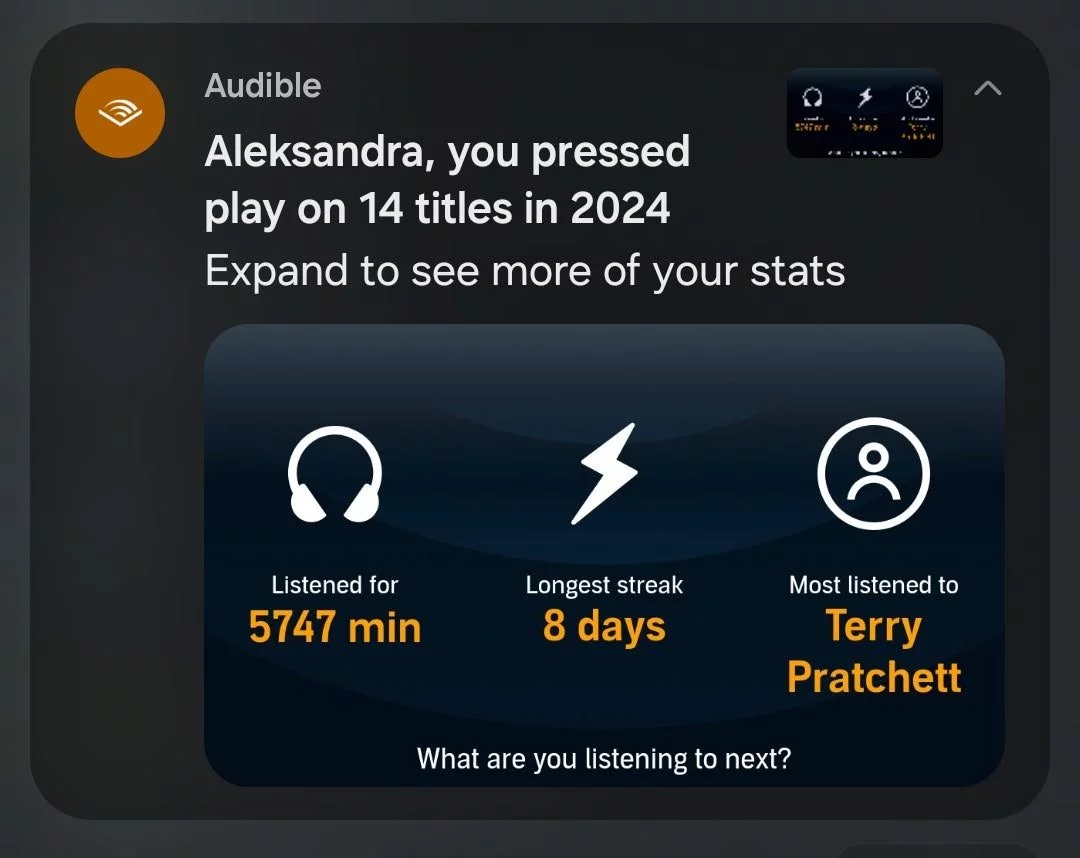
Sometimes it takes less personalized forms, like:
Complimenting your clients on their wish list choices.
Addressing them based on their interests and viewed categories.
Scarcity and urgency
The legendary fear of missing out (FOMO) is a powerful motivator. When something is viewed as scarce or available only for a limited time, its perceived value skyrockets, tapping into our deep aversion to loss.
That’s the entire point of Black Friday (or Prime Day, or back-to-school sales, for that matter). We collectively agree on a date when all retail hell breaks loose, and let customers fight tooth and nail for time-limited offers.

Large images and prominent titles with Black Week and Flash Sale are textbook examples of FOMO-inducing push notifications.
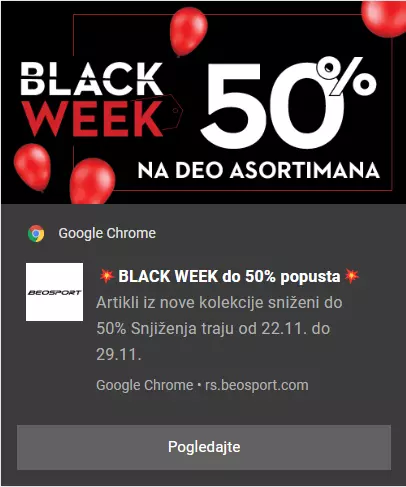
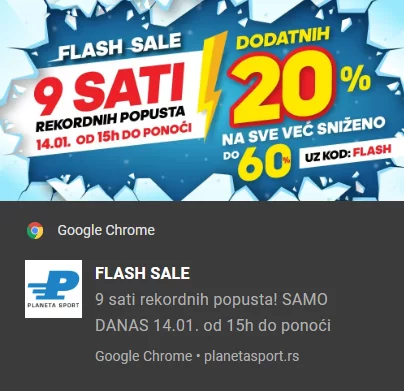
Onsite notifications can work even better since they address users who are actively browsing the website. Even if they enter with no intention to buy, addressing them with time-limited offers can boost their spirits and nudge them towards purchases.

The endowment effect
Even a brief look at marketing psychology reveals how much we’re at the mercy of our brain’s built-in biases. The endowment effect is one more example of this mystery. In short, we tend to place a higher value on things we own or feel we have a stake in.
Oftentimes, it’s used to boost sales. For example, giving free samples can trigger the endowment effect and make customers value the product once it becomes theirs. Free trials and freemium versions also use this bias, as well as the more obvious love for all things free. Marketers can also leverage the endowment effect by creating a sense of ownership even before a purchase is made. The magic of words comes into play.
Notifications can tap into this effect too, turning simple phrasing into subtle personalization. To cut the long story short – use the right words. Talk about “Your favorite picks”, “Your cart”, “Your most-viewed products”.
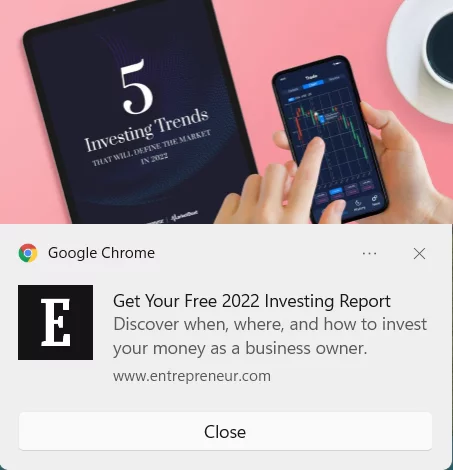
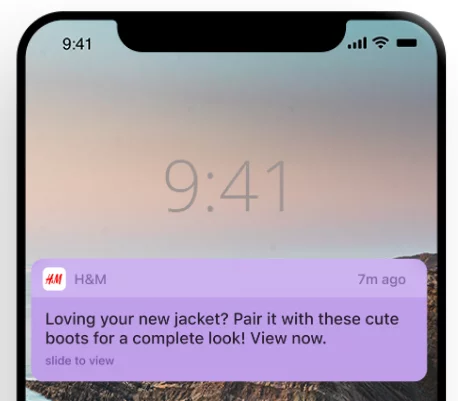
Curiosity and humor
Humans are naturally curious. A notification that piques interest without giving everything away can be a strong driver of clicks. Use intriguing copy that prompts the user to open the app to find out more. Questions or mysterious statements like, "We've got a surprise for you..." or "You won't believe what just happened..." can be highly effective. But be wary: if it feels like clickbait, the only next step is disabling notifications.

And then, there’s humor – the most subjective thing in the world. Try at your own risk.
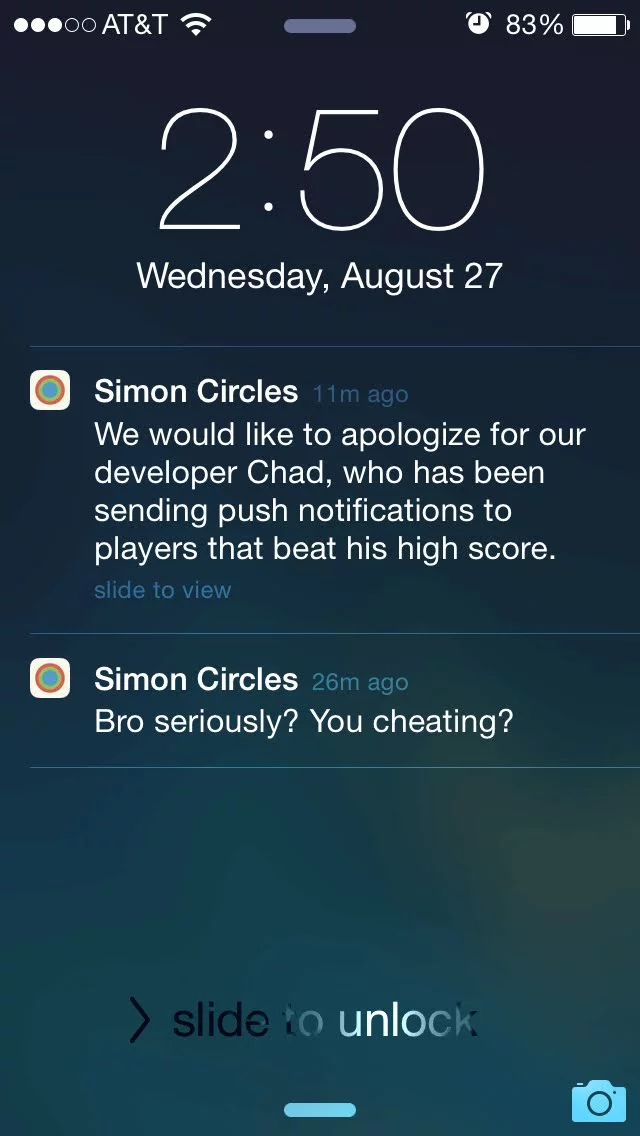
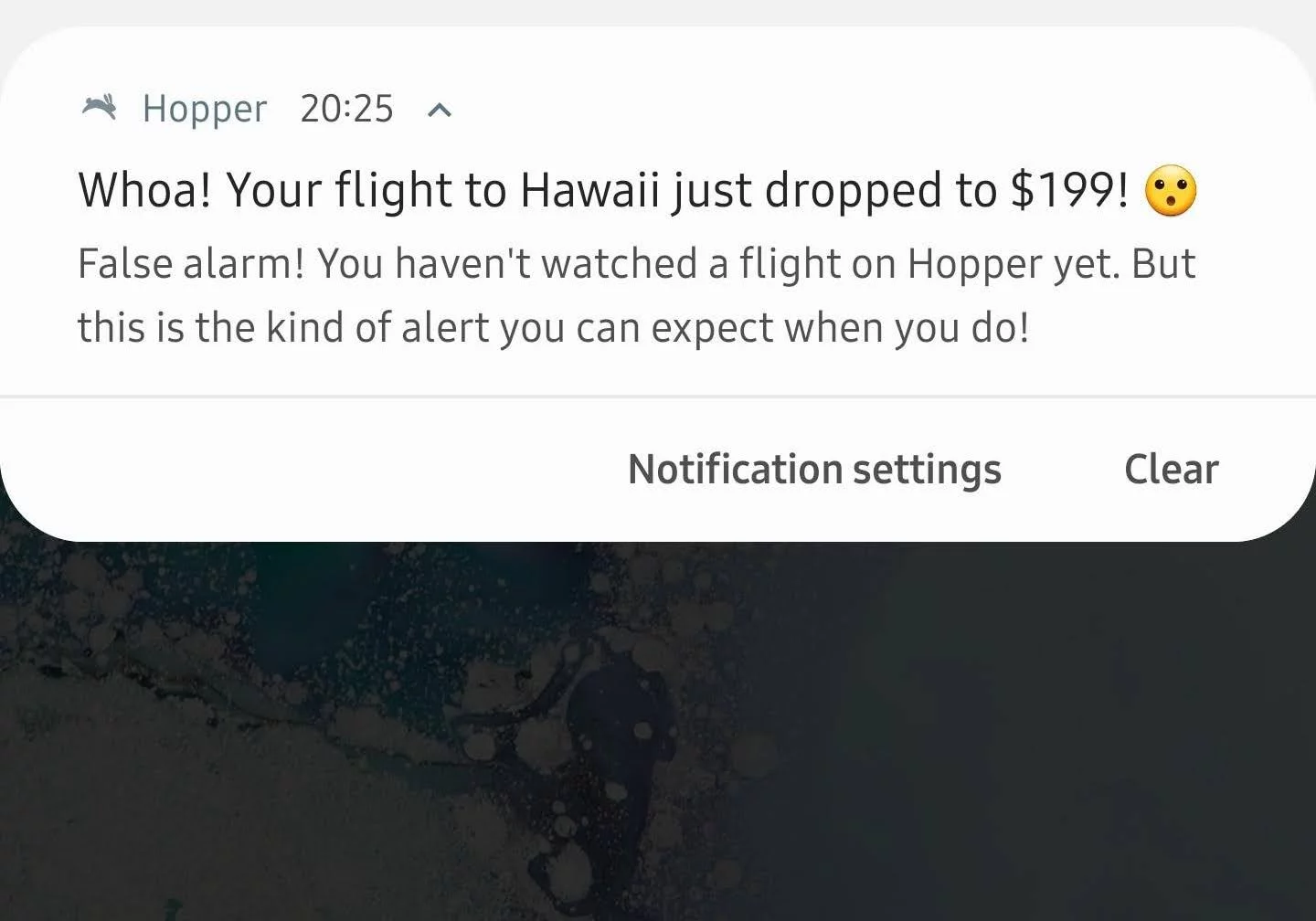
Social proof: monkey see, monkey buy
We are social creatures who often look to others to guide our decisions. Celebrities and influencers endorsing their “favorite” product – and cashing in – are proof of the point. But there’s more. Think of local guides in Google Maps rating the places they visit. Or your friend talking up the new, best skincare product she bought.
Notifications that highlight the popularity of a product or the actions of other users can be very persuasive. Incorporate social proof into your messaging. For example, "Join the 10,000 people who have already signed up!" or "Everyone’s adding this to their cart – are you?"

Put your best foot forward
Now’s probably the chance to craft my own personalized, funny, intriguing, and source-backed call-to-action. To advertise push and onsite notifications as a means to turn you into the star of your customers’ lock screens (and corners of their laptops).
Let’s take a step back and see a broader picture. It’s not about Jedi mind tricks. It’s about putting your client in the front and making them know they’re the ones that matter.
Personalize your communication. Even if you don’t know their name, use language that makes them feel seen.
Advertise value. Show them why your product is the one they need for themselves.
Be concise. Work on your tone of voice and stick to the one that works best for you. Throughout this article, I’ve pointed to Ryanair’s mobile app as an example of consistent, quippy language.
PushPushGo offers you a wide range of products for both off- and on-site communication, including push notifications, onsite notifications, pop-ups, and WhatsApp channels. All with their own personalization ranges and possibilities. If you want to see how the notifications can work together in a retail sales funnel, see our latest ebook about building the best omnichannel strategy. You can also head on to our Case Studies section to get all the social proof you may need – straight from our satisfied customers. And if you’re ready to try, let us know.

Content Specialist @PushPushGo
Editor and writer. She is interested in media and new technologies.
Try PushPushGo to engage and connect with your audience.
Create an account and start testing!
